Welcome to our blog on “The Genetic Revolution: Enhancing Chicken Farming Through Genetics.” In this article, we’ll explore the incredible advancements genetics has brought to the world of chicken farming. We have witnessed a significant revolution in the poultry industry by leveraging the power of genetic engineering and genomic selection. Through these technologies, we can improve chicken production, develop superior breeds with desirable traits, and even enhance disease resistance in chickens.
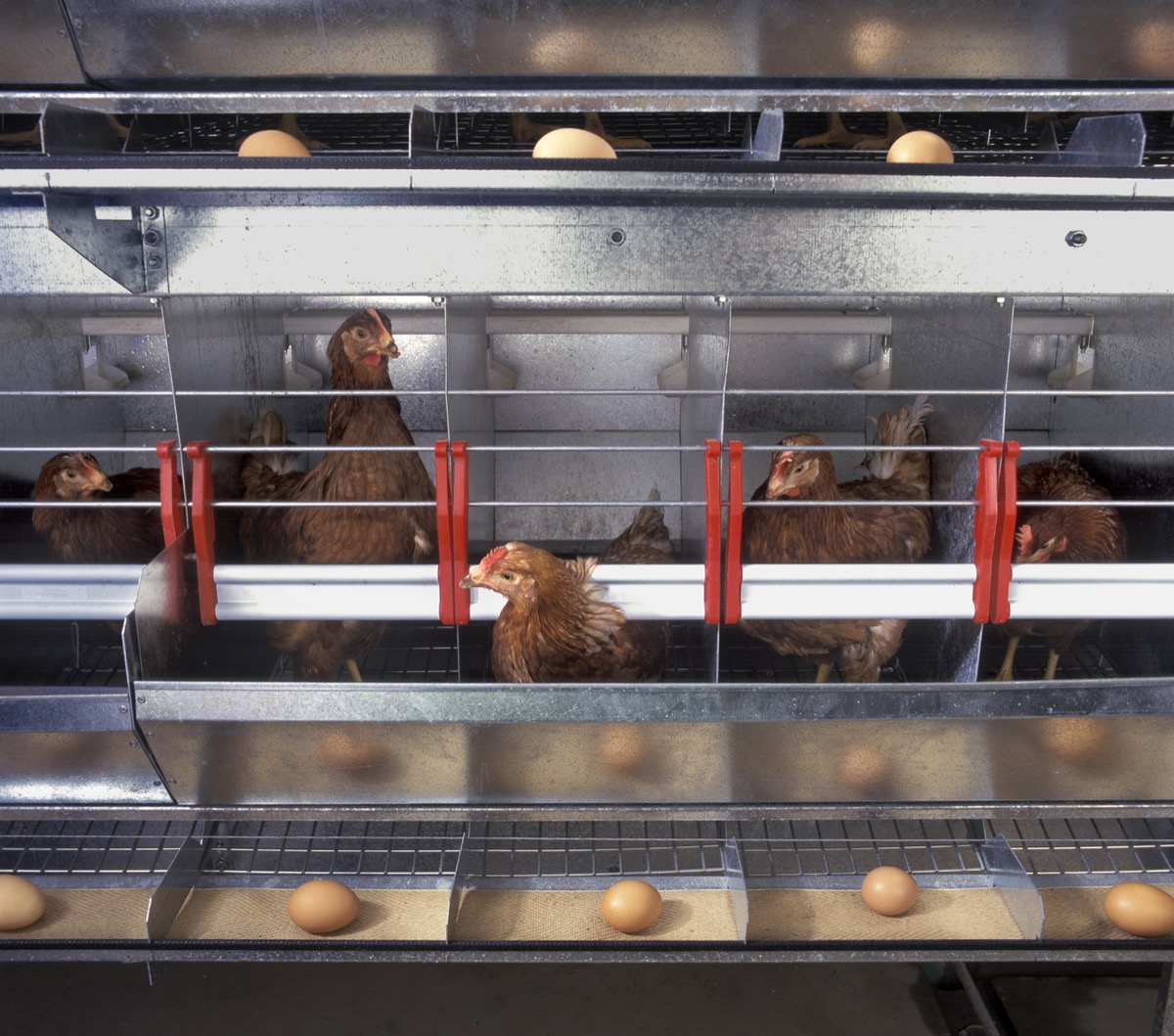
Enhancing Chicken Farming Through Genetics
The Role of Genetics in Improving Chicken Farming
- Genetic improvement is crucial in enhancing chicken farming by selectively breeding chickens with desirable traits. This leads to better productivity and profitability.
- Genetic advancements help farmers achieve specific goals, such as improved growth rate, carcass quality, egg production, disease resistance, and feed efficiency.
- Farmers can enhance productivity and achieve higher yields in terms of meat and eggs by selecting chickens with higher genetic potential for desired traits.
- Genetic improvement programs consider the heritability of traits, generation interval, and selection differentials to determine the rate of genetic progress.
- Technologies like artificial insemination (AI) and genetic selection tools aid in improving chicken genetics. AI allows farmers to use superior genetics from a wider pool of chickens.
- Genetic diversity is important to maintain and preserve different chicken breeds, as they may possess unique characteristics suited for specific environments or market demands.
- Genetics also plays a role in disease resistance, reducing the reliance on antibiotics and promoting healthier chicken populations.
- Developing genetic markers and genomic tools enables faster and more accurate selection of chickens with desired traits.
Benefits of Genetic Improvement in Chicken Farming
- Genetic improvement in chicken farming offers numerous benefits, including enhanced genetic quality through selective breeding. The rate of genetic improvement depends on three factors: heritability, generation interval, and selection differential.
- High heritability traits are easier to select, while generation intervals can be reduced using young sires and advanced techniques like JIVET. Ram selection is the most significant driver of genetic improvement, as it can sire a large number of lambs each year. This crucial factor in ram selection shapes the flock’s genetic traits.
- Genetic improvement benefits individual breeders and the broader chicken farming industry, enhancing productivity and profitability. A long-term perspective and consideration of production and market requirements are essential during selection.
- Genetic improvement can help meet market demands, improve overall productivity and profitability, and enhance specific traits within a flock, such as growth rate, carcass yield, fleece weight, fiber diameter, and consistent birth weights.
In case you missed it: How to Manage Chicken Feed Costs: Economic Strategies for Nutritious Poultry Diets
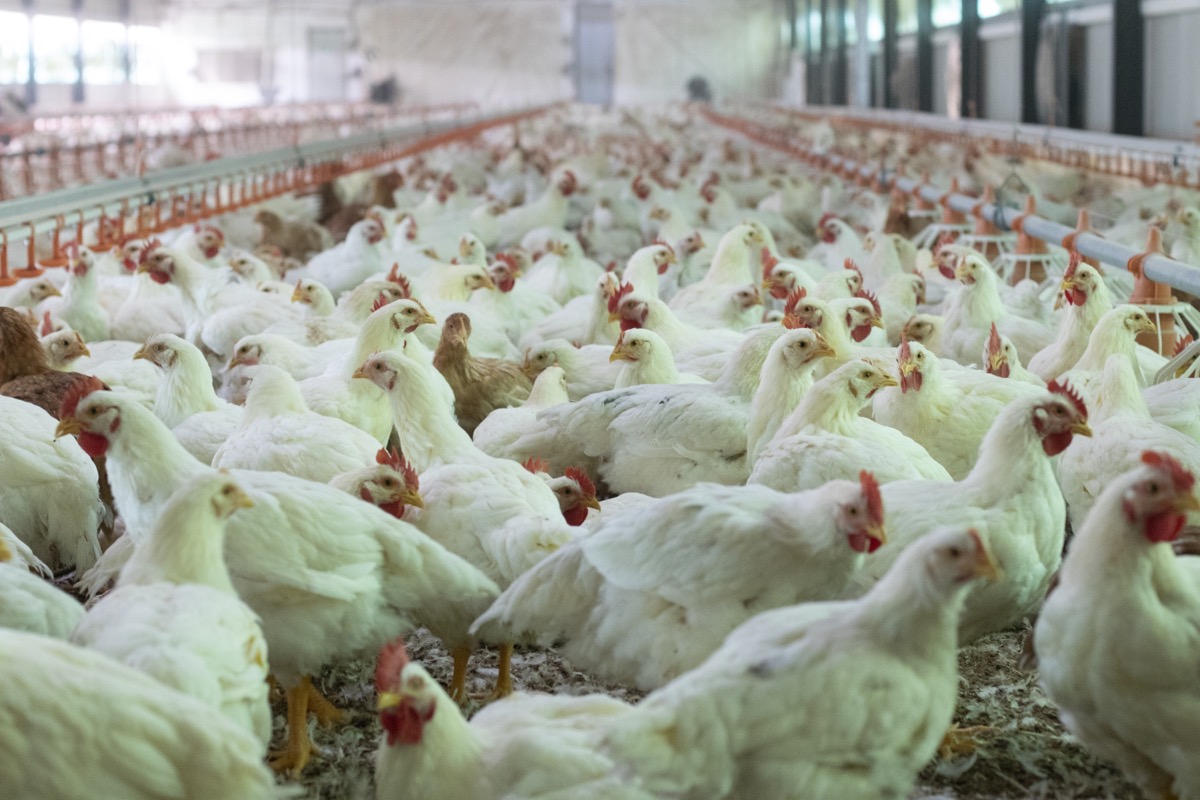
Genetic Advancements in Chicken Farming
- Genetic improvement programs should consider the social, economic, and environmental context in which they operate. They should be integrated into national livestock development plans for short-term and long-term positive outcomes.
- Changing consumer demands play a significant role in livestock breeding. Consumer concerns about product quality, safety, and welfare have increased. There is a growing demand for “natural” production without a clear definition.
- Diverse production environments require tailored approaches. Breeding organizations must decide whether to diversify their breeding objectives or focus on developing animals performing well in various environments.
- Genetic diversity is crucial for meeting current and future requirements. Local breeds often possess traits that align with animal welfare, environmental protection, distinctive product quality, human health, and climate change.
- Scientific and technological advances, such as quantitative and molecular genetics, contribute to genetic improvement. These methods allow for the selection of animals based on their genetic traits, including disease resistance and desired phenotypic characteristics.
- Reproductive technologies like artificial insemination (AI) and multiple ovulation and embryo transfer (MOET) are vital in accelerating genetic improvement. AI enhances selection intensity and facilitates the exchange of superior genetics globally. MOET increases the reproductive rate of females and allows for faster dissemination of desirable traits.
- Freezing semen and embryos support the creation of gene banks, preservation of genetic diversity, and international exchange of genetic material.
- Cloning technology has not been commercially used in chicken farming but has potential applications in conservation efforts.
- These genetic advancements reduce the need for transporting breeding animals and help safeguard the health status of flocks and herds, even across countries with different health statuses.
In case you missed it: Strategies for Maximizing Egg Production in Your Chicken Farm: Tried and Tested Strategies
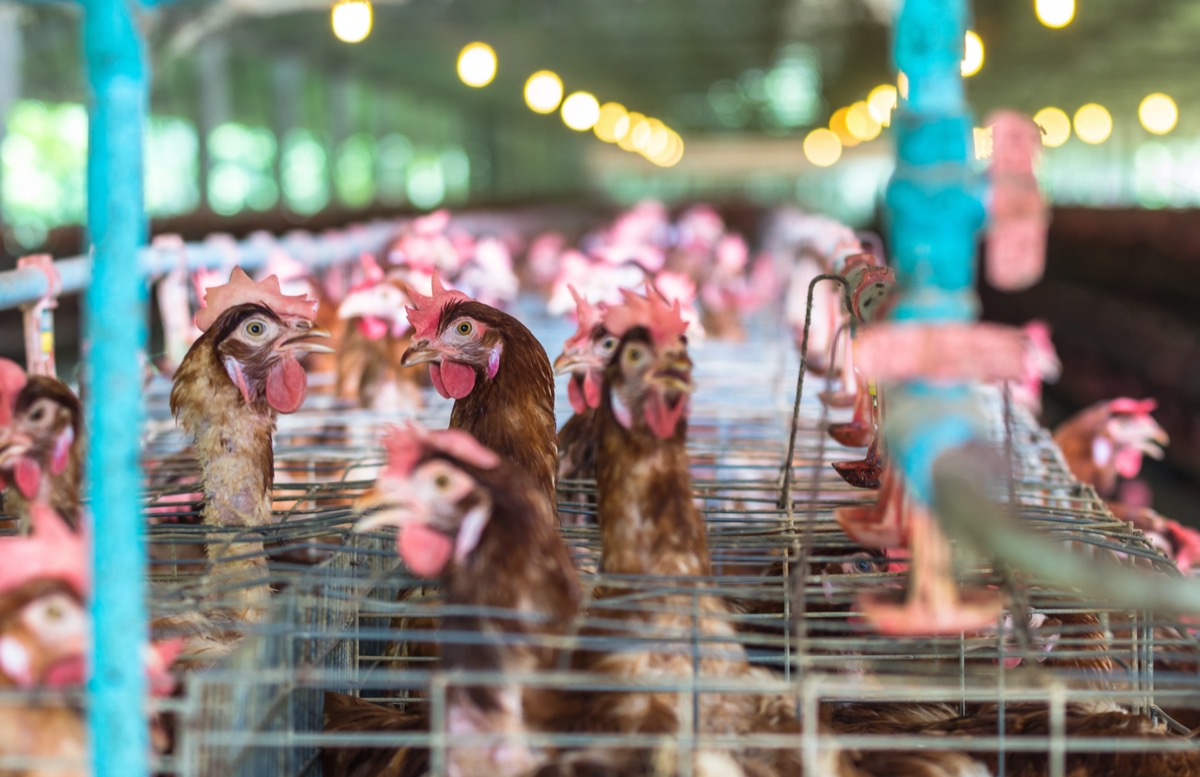
Genetic Engineering in Chicken Farming
- Genetic engineering in chicken farming involves manipulating the genetic material of chickens to introduce specific traits or modify existing ones.
- One application of genetic engineering is the development of genetically modified (GM) chickens that produce eggs containing valuable proteins or pharmaceuticals.
- Genetic engineering techniques like gene editing using CRISPR-Cas9 allow for precise modifications in the chicken genome, such as improving disease resistance or altering growth patterns.
- Scientists can introduce genes from other species into chickens to enhance desirable traits, such as increased egg production or improved meat quality.
- Genetic engineering can also develop chickens with reduced environmental impact, such as lower phosphorus emissions in their waste.
- Ethical considerations and regulatory frameworks guide the responsible use of genetic engineering in chicken farming to ensure safety and avoid unintended consequences.
- Continued research and advancements in genetic engineering techniques promise further improvements in chicken farming, including increased productivity and sustainability.
- Consumer awareness and acceptance of genetically engineered chickens vary, with some concerns regarding food safety and ethical implications.
- The long-term effects of genetic engineering in chicken farming, both on the chickens themselves and the environment, require ongoing monitoring and assessment.
Genetic Revolution in Poultry Industry
The poultry industry has witnessed a remarkable Genetic Revolution that has led to significant advancements in efficient production. With approximately 5.5 million layer parents and 500 million broiler parents globally, genetics has played a crucial role in achieving greater progress in poultry compared to other livestock. Key features of this revolution include reduced time to market, increased market weight, and decreased feed requirements.
These changes primarily result from tremendous genetic improvement through selection, particularly in broiler chickens and egg production. Poultry breeding differs from other livestock breeding due to the use of pedigree and grandparent lines, intense selection, and rapid reproduction resulting in multiple generations. The breeding and genetics sector is predominantly concentrated in a few large international companies.
In case you missed it: Maximizing Efficiency: How to Optimize Chicken Farm Operations
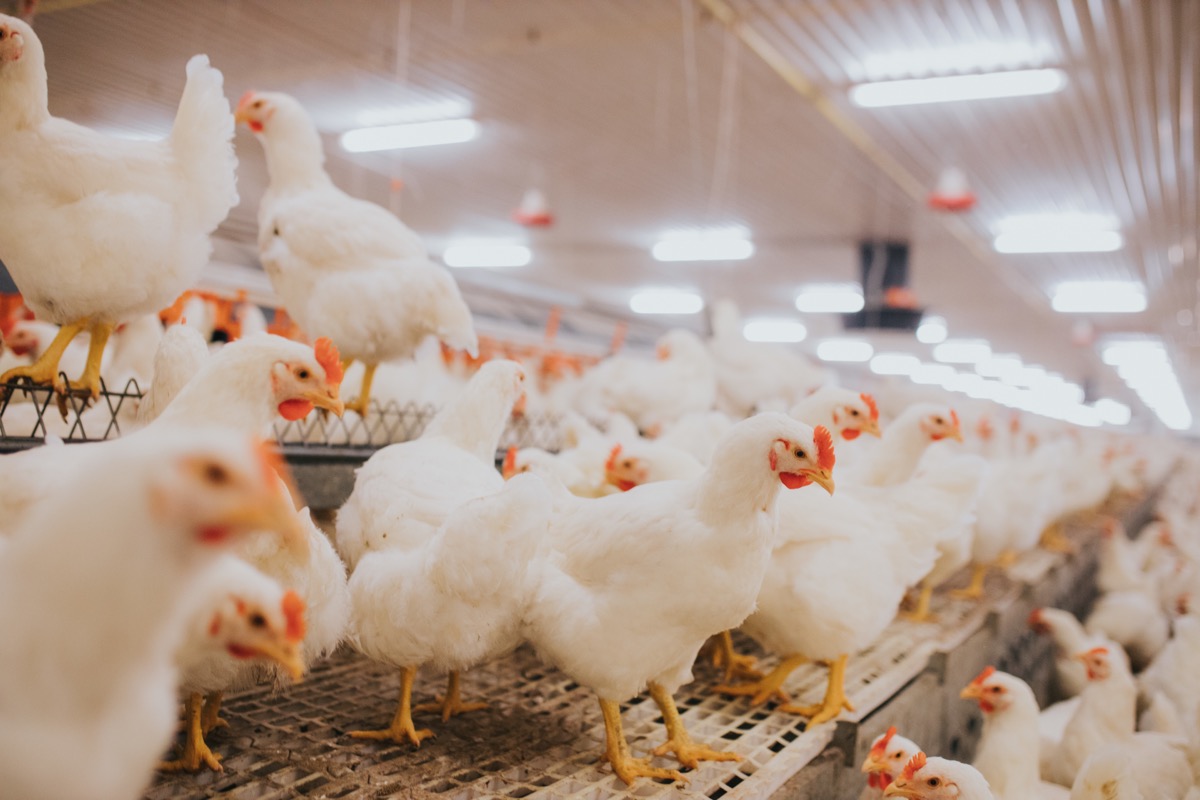
Commercial poultry breeding focuses on increasing product output per bird, improving production efficiency, and enhancing product quality and disease resistance. Key objectives include improvements in growth rate, feed conversion, fertility, hatchability, body conformation, meat and egg yield, and livability. The impact of genetics is evident in the impressive achievements, such as a 4.6-fold increase in growth rate in broiler chickens, a 2.2-fold increase in turkeys, and significant improvements in feed conversion, breast weight, hatchability, and overall productivity.
It’s important to note that the success of poultry production is not solely attributed to genetics but also advancements in nutrition, incubation, and health practices. The origin of commercial egg layers can be traced back to white-egg layers, specifically the White Leghorn breed. The dual-purpose American breeds, including Rhode Island Red and White Plymouth Rock, played a significant role in brown-egg layers.
Enhancing Chicken Production Through Genetics
- Through selective breeding and genetic advancements, significant progress has been achieved. The focus is on growth rate, feed efficiency, disease resistance, egg production, meat yield, and quality.
- Selective breeding programs have developed high-performing genetic stocks, resulting in remarkable improvements. For example, there has been a substantial increase in growth rate in chickens, with body weight at 42 days old showing a 4.6-fold improvement. Feed conversion rates have also improved, improving efficiency in utilizing feed resources.
- Additionally, genetics has contributed to improvements in hatchability, breast weight as a percentage of body weight and overall productivity.
Genetic Technologies for Improving Chicken Farming
When implementing a breeding program to improve chicken farming, the choice of breeding strategy determines the elements required. Three main strategies are available: selection between breeds, within breeds or lines, and cross-breeding. Selection between breeds involves substituting a genetically inferior breed with a superior one instantly or gradually through backcrossing.
Cross-breeding capitalizes on heterosis and complementarity between breed characteristics, while within-breed selection focuses on slower but permanent genetic improvement. Gradual genetic improvement through within-breed selection is the most sustainable approach. It allows for adaptation to production system changes over time.
Multiple lines can be created through within-line selection, and crossing these lines produces commercial animals. A well-defined breeding goal, encompassing traits aligned with agricultural objectives, is crucial. Selection criteria, breeding scheme design, data recording, genetic evaluation, selection and mating, progress monitoring, and dissemination of genetic progress are key steps in the breeding program.
Genomic Selection in Poultry Breeding
Genomic selection is a cutting-edge approach in poultry breeding that offers tremendous potential for genetic improvement. It relies on analyzing the entire genome of individuals to predict their genetic merit accurately. This technology has revolutionized breeding programs by enhancing selection accuracy and accelerating genetic progress.
The basis for genomic selection lies in the genome containing valuable information about an individual’s genetic potential. Scientists can identify regions associated with desirable traits by studying specific genetic markers spread across the genome. These markers indicate an individual’s genetic merit for various economically important traits, such as growth rate, meat quality, and disease resistance.
In case you missed it: How to Start Free-range Chicken Farming: A Step-By-Step Guide, Advantages, and Disadvantages
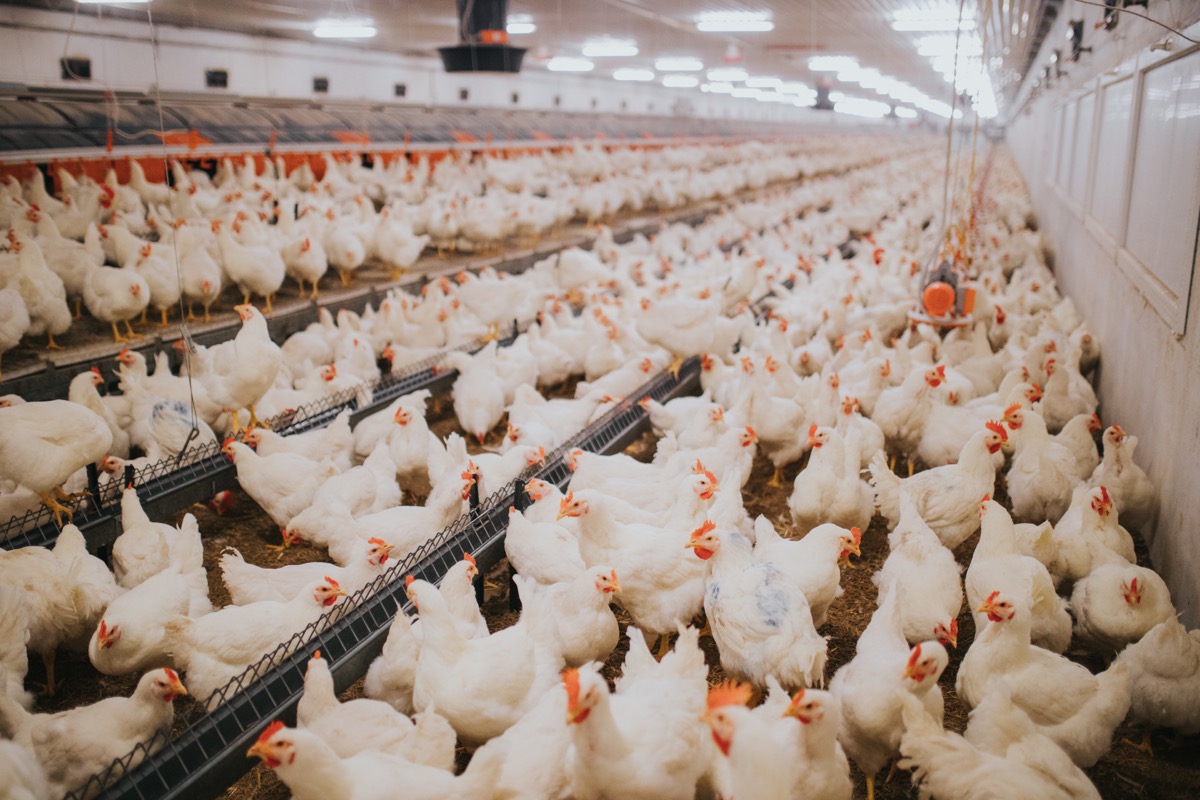
Through genomic selection, breeders can make early predictions about an animal’s genetic potential, even before it displays observable phenotypic traits. This is particularly advantageous in poultry breeding because it allows for faster and more accurate selection of superior breeding stock.
The scientific data supporting the effectiveness of genomic selection in poultry breeding is substantial. Numerous studies have shown significant improvements in traits like feed efficiency, egg production, and carcass quality through genomic selection. By harnessing the power of genomics, poultry breeders can make informed decisions, optimize breeding programs, and ultimately achieve higher productivity and profitability.
Genetic Traits for Superior Chicken Breeds
- Growth Rate: Superior chicken breeds exhibit faster growth rates, allowing for earlier market readiness and increased productivity.
- Feed Efficiency: Efficient feed conversion into body weight is desirable as it reduces production costs and environmental impact.
- Meat Quality: High-quality meat with desirable characteristics such as tenderness, juiciness, and flavor is important for consumer satisfaction and market demand.
- Egg Production: Superior chicken breeds are known for their high production rates, ensuring a consistent and profitable supply of eggs.
- Shell Strength: Eggs with strong shells are more durable and less prone to breakage, improving egg quality and marketability.
- Disease Resistance: Genetic resistance to common poultry diseases helps reduce the incidence of illness, improving bird health and reducing production losses.
- Feather Quality: Feather quality affects bird appearance, insulation, and protection. Superior breeds exhibit strong and well-formed feathers.
- Body Conformation: Well-balanced body conformation ensures optimal weight distribution, efficient movement, and overall structural soundness.
- Temperament: Calm and docile temperaments are desirable as they contribute to easier handling, reduced stress, and better flock management.
- Reproductive Efficiency: Breeds with high reproductive efficiency exhibit good fertility and hatchability rates, ensuring a consistent supply of replacement birds and maintaining flock size.
Genetics and Sustainable Chicken Farming
- Breeding Programs: Implementing well-designed breeding programs focused on genetic improvement is crucial. Selective breeding based on desired traits such as growth rate, feed efficiency, disease resistance, and reproductive efficiency can lead to more sustainable chicken lines.
- Genetic Diversity: Maintaining genetic diversity within chicken populations ensures resilience against diseases and environmental challenges. Genetic diversity can be preserved by carefully selecting breeding stock and avoiding excessive inbreeding.
- Disease Resistance: Incorporating genetic resistance to common poultry diseases in breeding programs can reduce the need for antibiotic usage and enhance flock health, promoting sustainability.
- Feed Efficiency: Genetic selection for improved feed efficiency allows chickens to convert feed into body weight more efficiently, reducing the environmental footprint of chicken production.
- Environmental Adaptation: Selecting genetic traits that enable chickens to adapt to local environmental conditions, such as heat tolerance or resistance to specific pathogens, can contribute to sustainable farming practices.
- Nutrient Utilization: Genetic improvements can enhance the chicken’s ability to utilize nutrients, reducing waste and optimizing feed conversion efficiency.
- Welfare Traits: Consideration of genetic traits that promote animal welfare, such as calm temperaments and robust skeletal structures, contributes to sustainable and ethical chicken farming.
- Genetic Technologies: Utilizing advanced genetic technologies like genomics and marker-assisted selection can accelerate genetic progress and enhance the sustainability of chicken farming.
In case you missed it: Best Fertilizer for Chickpea/Bengal Gram: Organic, NPK, Management, How and When to Apply
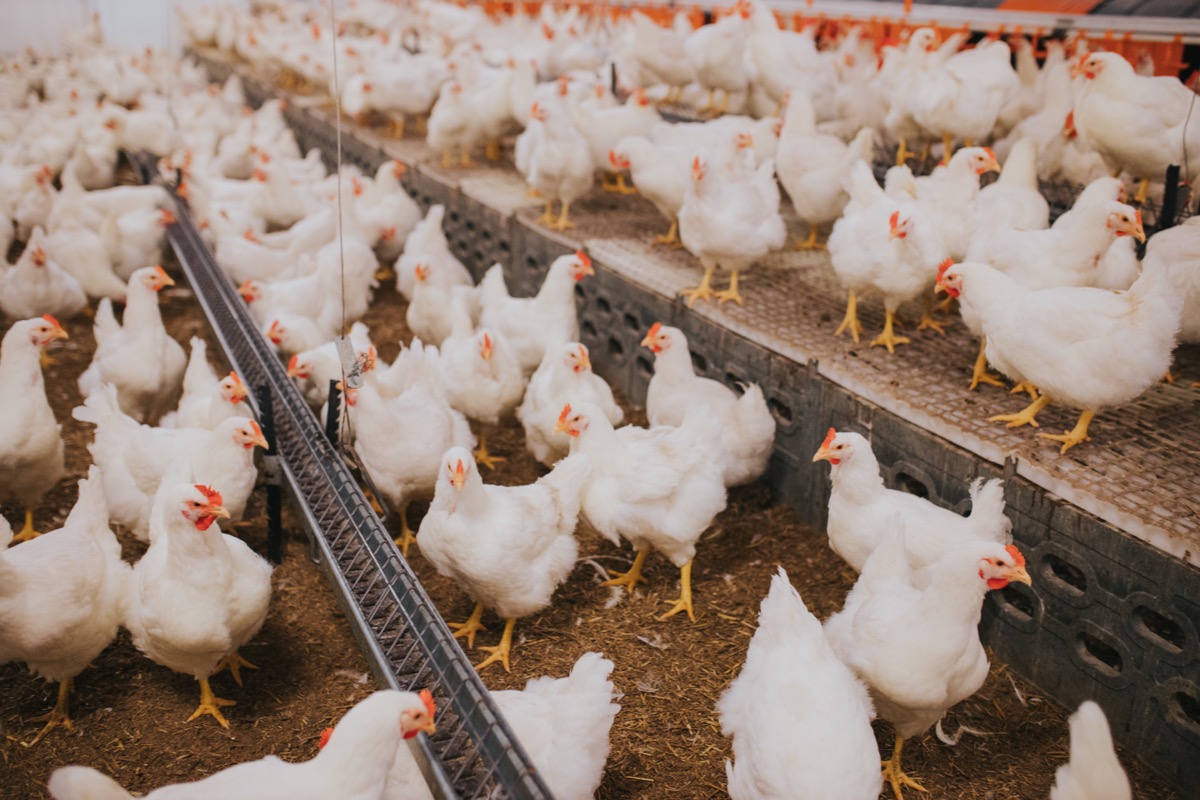
Genetic Engineering for Disease Resistance in Chickens
Genetic engineering for disease resistance in chickens involves targeting specific genes associated with immune response and pathogen recognition. By introducing disease-resistant genes into chicken genomes, scientists aim to prevent diseases or reduce the severity of infections, potentially reducing antibiotic usage and promoting sustainable farming practices.
The genetic modifications enhance the chicken’s immune response, improving its ability to defend against diseases. Advanced techniques like CRISPR-Cas9 ensure precise gene editing, prioritizing safety and accuracy. Ethically, this approach aligns with reducing animal suffering and improving overall well-being. The regulatory framework surrounding genetically modified organisms (GMOs) ensures responsible and controlled deployment.
Conclusion
The genetic revolution in chicken farming offers tremendous potential for enhancing the industry. By leveraging genetic advancements, such as disease resistance and improved traits, we can promote sustainable practices, improve animal welfare, and meet the demands of a growing population.
- Goat Farming Training Programs in India: A Beginner’s Guide
- Types of Pesticides Used in Agriculture: A Beginner’s Guide
- Economical Aquaculture: A Guide to Low-Budget Fish Farming
- 15 Common Planting Errors That Can Doom Your Fruit Trees
- How to Make Houseplants Bushy: Effective Tips and Ideas
- Innovative Strategies for Boosting Coconut Pollination and Yield
- Pollination Strategies for Maximum Pumpkin Yield
- The Complete Guide to Chicken Fattening: Strategies for Maximum Growth
- Natural Solutions for Tulip Problems: 100% Effective Remedies for Leaf and Bulb-Related Issues